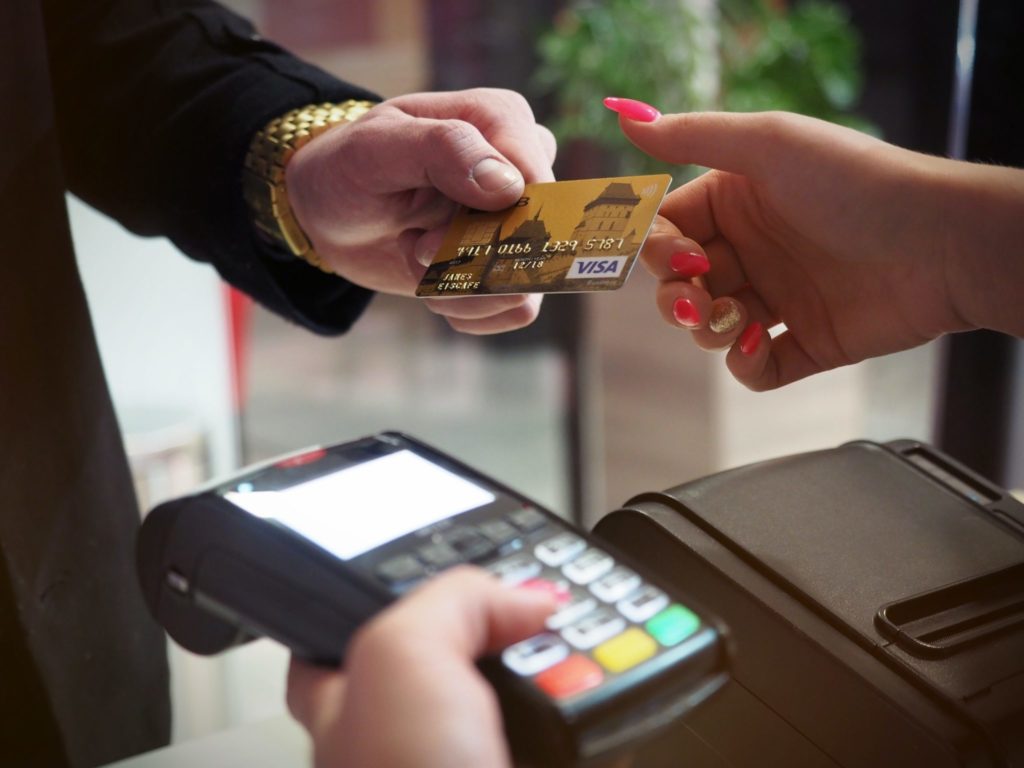Five Questions About eCheck Payment Processing Answered
As the payments industry is becoming more digital, electronic payments are becoming the norm, and traditional payment methods are decreasing in use. Electronic checks—or eChecks—are an example of a new digital payment method.
An electronic check is a way to withdraw money from a checking account and deposit it into another digitally, with no paper required. In 2003, the Check Clearing for the 21st Century Act established the regulations for eCheck payment processing. As a result, eChecks are a quick, secure and convenient digital payment method.
In this blog, we answer the most common questions about eChecks. Review our answers to learn more about electronic checks, their benefits for your business and how you can start accepting eChecks today.
1. What Is an eCheck?
An eCheck is a digital check to make electronic payments from a checking account. Like a paper check, an eCheck requires basic information, but the information is collected and the transaction is processed electronically.
The electronic check payment withdraws money from a payer’s checking account, transfers the funds via the Automated Clearing House (ACH) network and makes an eCheck deposit in the payee’s checking account using a payment processor.
People can use eChecks to pay companies for bills. Businesses with an ACH merchant account can withdraw a customer’s payment directly from their bank account with the customer’s authorization.
eChecks are common for several types of payments—especially those that are high-cost—such as:
- Mortgage payments
- Rent
- Car loan payments
- Utility bills
- Fitness memberships
- Legal retainer fees
- Subscription fees
eChecks are most beneficial to these types of businesses:
- Businesses accepting large payments: For high-value payments, eChecks help you save money. eCheck processing involves fewer parties than credit card payments and avoids interchange fees.
- Online companies: Since online businesses already operate digitally, you can collect payment details online for eCheck payments.
- Subscription-based businesses: Since eChecks are a type of recurring payment, your customers can set up their account to send an eCheck on a repeating basis. Recurring eChecks are convenient for customers and your business. Customers will always pay their bill, so you’ll receive payment every period.
Other common names for eChecks include direct debit, online check and internet check.
2. How Does an eCheck Work?
An eCheck works like a paper check, except the information is transmitted electronically, making the process more efficient. eCheck payment requires these steps:
- The customer starts a transaction: A customer authorizes an electronic money transfer by initiating an eCheck to a company for goods or services. A merchant must obtain permission from the customer through a contract, order form or similar method to withdraw money from their checking account.
- The merchant collects the payment details: Once the merchant has the customer’s authorization, they can collect the details needed for the eCheck, such as the customer’s bank account number and routing number. Merchants can ask for this information via an online form, paper form or phone. For recurring payments, the customer and merchant must decide on a payment schedule.
- The payment processor verifies the details: The merchant enters these details into their payment processing software. The merchant’s payment processor will validate the eCheck details to ensure the transaction is legitimate. Funds are verified 24 to 48 hours after the customer starts the transaction.
- The merchant’s account receives the payment: After verification, the ACH network will process the eCheck. The funds will move from the customer’s account to the merchant’s account within three to five business days. Once paid, the customer will receive a payment receipt to confirm the eCheck has been deposited successfully.
3. How Are eChecks Different From Other Electronic Payment Methods?
The payment industry uses several terms for money transfers, and each term means something different. Payment types that are similar to, but not the same as, eChecks include:
- EFT: An electronic funds transfer (EFT) is a general term for electronic payments, such as eChecks, wire transfers and direct deposits.
- Paper check: A paper check is a slip of paper where customers write out payment details. They give this paper to the merchant, and the merchant uses the paper check to withdraw funds from the customer’s account. An eCheck is essentially a digital form of a paper check.
- ACH: ACH and eChecks both transfer funds between bank accounts. eChecks use the ACH network to make transfers and manage funds between the payer and payee accounts.
- Credit card: eChecks and credit cards both process electronic payments but in different ways. eChecks use the ACH network to transfer funds, have low processing fees and no credit card interchange fees. Credit cards use their own payment infrastructure to process payments, resulting in higher fees.
- Wire transfer: A wire transfer manually moves funds from one bank account to another. Wire transfers are more costly since they’re manual and less secure since payments cannot be revoked.
To understand these differences, you could say eChecks are a type of EFT that acts like a digital version of a paper check, using the ACH network to process payments quicker and cheaper than credit cards and wire transfers.
4. Are eChecks Secure?
Security is the primary advantage of eChecks over traditional payment methods because they are subject to Regulation E consumer protections. The security components of electronic check payments include:
- Authentication: Authentication verifies the identity of the individual submitting account information. This process makes sure that the merchant gets legitimate payment information, and the customer consents to have funds taken from their account.
- Digital signature: A digital signature is an encryption technique that uses timestamps to ensure eChecks cannot be duplicated.
- Duplicate detection: Duplicate detection monitors eCheck transactions for suspicious activity. This strategy can detect fraud, such as duplicated checks.
- Encryption: Encryption masks payment data to make it nonsensitive. Encrypted data is useless if stolen because the hacker must have the encryption key to decrypt the information. All ACH transactions like eChecks must be encrypted if they occur over unsecured electronic networks.
- Public key cryptography: This step is part of the encryption process. The key has the information needed to encrypt data during the transfer and cipher it at the receiving bank.
- Certificate authorities: The certificate authorities store, sign and issue a digital certificate to encrypt transactions, secure communication and protect information. They can certify the ownership of a public key. A Secure Sockets Layer (SSL) certificate is an example.
5. What Are the Benefits of eChecks?
eChecks offer several benefits for businesses and customers. Besides being a secure payment method, companies should take advantage of eChecks because they:
- Process quickly: eChecks take only three to five business days to finalize since the transaction is completed online. This timeline is much faster than paper checks, which can take more than a week due to verifying the payment details. With eChecks, you’ll get paid right away instead of waiting for your money.
- Increase revenue: Accepting eCheck payments can help your business make more money. Checking account numbers stay the same, whereas credit card numbers often change, so your payments will go through. eChecks can also be set up as a recurring payment, ensuring you get paid on time and eliminating the need to track down paper checks.
- Save money: eChecks have lower processing fees than credit cards. By accepting eChecks, your company can pay less in fees and get more money for your operations.
- Are easier to track: Hard copies of payment confirmations take up physical room in your office. With an eCheck, you and your customers will receive an email confirmation of payment, which you can store digitally.
- Cannot be lost or misplaced: An eCheck is a digital record, so it’s virtually impossible to lose. The banks and ACH network will keep track of the payment until it’s processed. Paper checks can be lost, requiring the payer to issue another check and stop the original check to prevent someone else from cashing it.
- Reduce waste: Since eChecks exist digitally, no paper is required. Your business can use less paper and reduce waste.
CSG Forte Can Help You Accept eChecks
Your company must have a payment processor to accept eChecks from your customers. Your business can start processing eChecks with CSG Forte, your trusted payments solution provider. Our payments platform allows merchants like you to accept eChecks as well as ACH payments and credit and debit cards.





